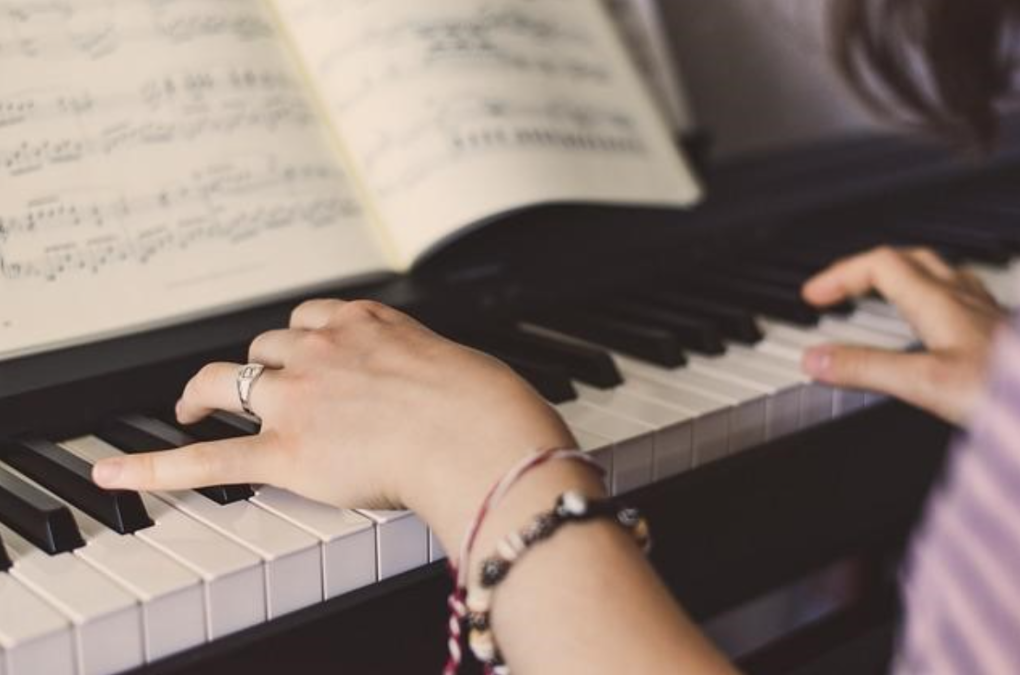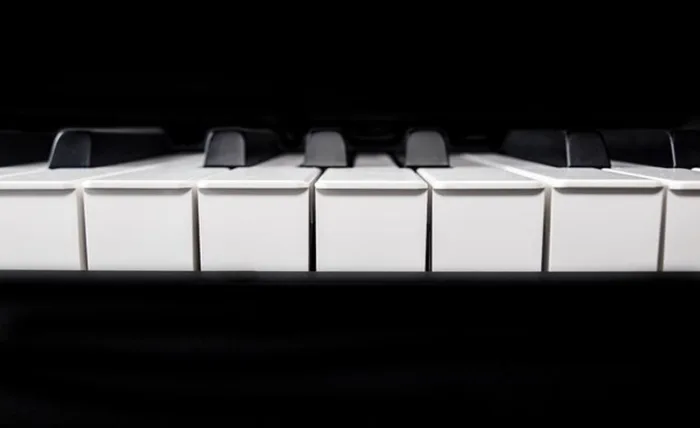Pianos come in many shapes and sizes. As with other musical instruments, there’s no such thing as a one-size-fits-all. Therefore, due diligence is paramount while shopping for the best piano for you.
This article examine the benefits of choosing the right piano. We’ll also go over the factors to consider while shopping for these musical instruments.
Why Choose The Right Piano?
The right piano directly impacts learning duration and user experience.
Most people can learn basic piano-playing skills in about 12 weeks. This is still considered a beginner level. But with the right instrument and given that you’re a fast learner, you can quickly advance to the intermediate levels in about the same duration.
The significance of investing in the right piano also relates to the platform you choose. Unlike before when learning to play the piano could only happen in a physical setting, it’s now possible to register for online piano lessons. Better yet, you could download software applications developed for anyone interested in learning how to play piano, such as Lumi.
Choosing the right piano also reflects on your finances. Brand-new pianos cost between $2,000 and $10,000, with $5,000 being the average price.
Obviously, the exact purchase price will depend on factors like size, brand, color, and material used. Buying a high-end piano means you can play the musical instrument for years without needing to undertake expensive repair and maintenance.
Last but not least, picking the right piano affects the instrument’s durability. Most high-quality pianos can last up to ten years or more without requiring significant maintenance.
However, how regularly you conduct repairs and inspections will also depend on the instrument’s frequency of use.
Factors to Consider When Shopping for Pianos
- Digital versus Acoustic Pianos
Digital pianos are cheaper than their acoustic counterparts. They’re a preferable choice for budget-constrained buyers.
Digital pianos are also more portable due to their smaller size. Moreover, they’re easier to use as they require no tuning.
However, acoustic pianos are the better option in terms of superior sound quality.
- Size
Pianos are fairly large musical instruments. In fact, larger pianos produce better sound quality than their smaller counterparts. That’s because they have longer built-in strings.
Therefore, it’s prudent to invest in the largest acoustic piano you can find, provided that you can afford it. Just be sure to establish that there’s sufficient room in your house to accommodate the instrument.
- Shape
Size often goes hand in hand with shape, and the same principle applies while shopping for a piano.
Piano shape mostly relates to the appearance of its keys as opposed to the design of the outer case.
Black and mahogany is the most common color palette due to their complementary effects on various home décor. However, you can opt for any color combination you think speaks to your style.
- Material
Pianos come in a variety of materials. But the conventional wisdom is to pick the most durable.
Experts recommend Maple or Mahogany for a piano’s outer case. Other cheaper hardwoods may be acceptable provided they’re treated for maximum durability.
As for the keys, you won’t go wrong with the classic ivory or ebony. Both options are reasonably durable in addition to their ability to complement any interior décor.

- The Keys
The keys are probably the first component of a piano that many would-be pianists interact with. That makes them a critical consideration while shopping for high-quality pianos.
Start by ensuring the keys surfaces are smooth and free from cracks or other blemishes. In the same vein, manually test the keys to determine they offer some grip as opposed to being too slippery.
Next, play the keys to ensure they offer adequate resistance. Pressing the keys shouldn’t feel like typing on a computer keyboard.
You might also want to press the keys to test the amount of cushioning in them. The cushioning should be sufficient to reduce the shock transmitted back to your finger joints.
Needless to mention, check that a piano has the recommended number of keys before buying it. Most full-sized acoustic pianos have 88 keys while some digital pianos may have 61 keys or fewer.
- Polyphony
Polyphony is a term for the maximum number of sounds a musical instrument can emit at a time. The number differs depending on whether you’re using a beginner, intermediate, or advanced piano.
But regardless of your experience level, it’s prudent to test a piano against the indicated polyphony before purchasing it. For instance, a 64-note polyphony should produce 64 notes at once.
- The Brand
You’ve probably read many articles discouraging shopping for electronic products purely based on the brand. However, pianos are an exception.
Buying a piano from a renowned brand means you can vouch for the instrument’s quality and durability. It also grants you easy access to spare parts and reasonable warranty.
- Warranty Length
Most high-end piano brands provide a warranty of at least five years. Insist on instruments with longer warranty lengths.
Most importantly, understand what the warranty covers. Does the manufacturer provide replacements in addition to basic repairs?
Don’t forget to buy the piano from an authorized dealer too. Remember that many brands don’t offer warranty coverage for their pianos purchased from unauthorized retailers.
Final Word
The importance of choosing the right piano cannot be overemphasized. Feel free to save this article as a guide for buying a high-quality, durable piano.



